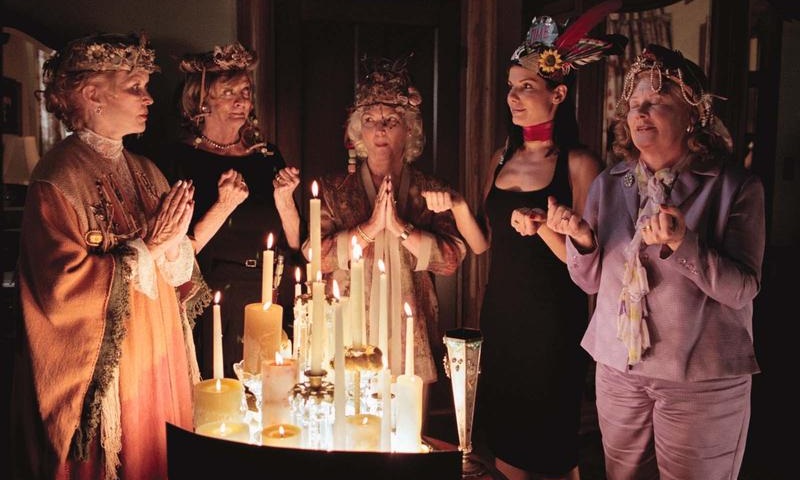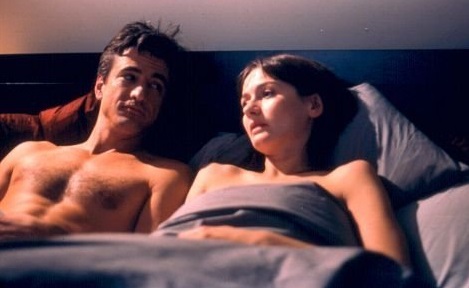
 |
| Divine Secrets Photo © 2002 Warner Bros. Pictures |
 |
| Lovely & Amazing Photo © 2001 Blow Up Pictures/Good Machine/Roadside Attractions, © 2002 Lions Gate Films |
| Awards for Lovely & Amazing: | |
| Independent Spirit Awards: Best Supporting Actress (Mortimer) | |
| Permalink | Home | 2001 | 2002 | ABC | Blog |